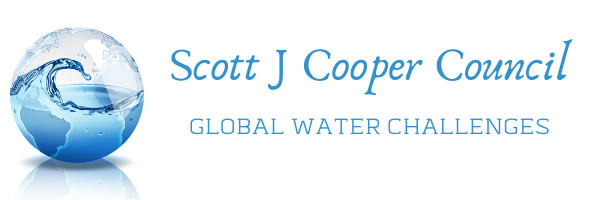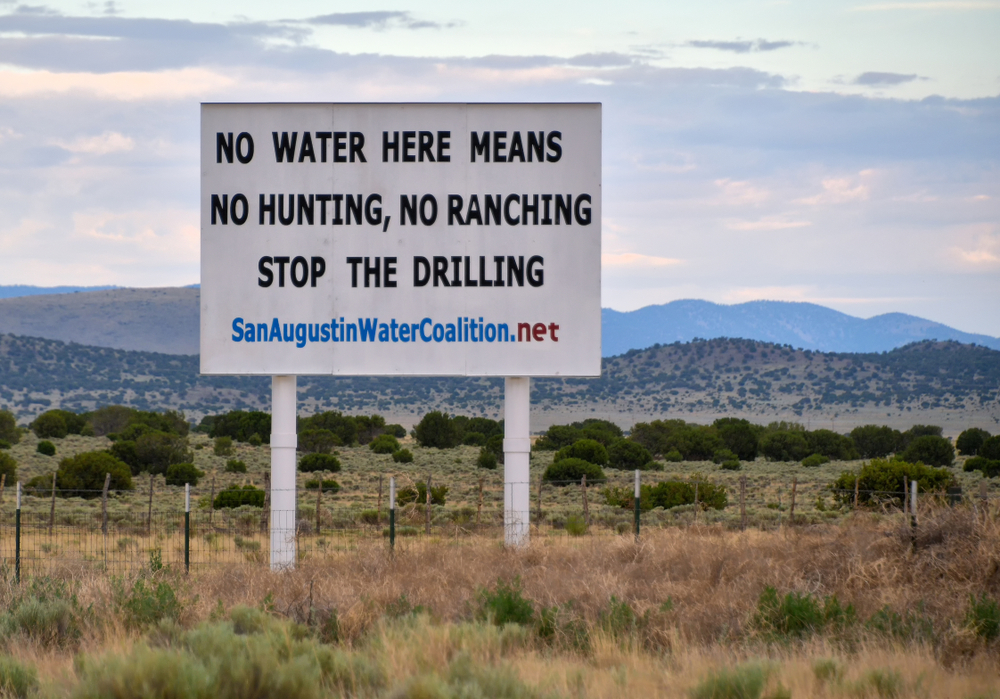In its Global Risks Report 2019, the World Economic Forum rated the global water crisis as the 4th biggest risk to people around the world. But, very few people realize how serious the water crisis in the US is and how rapidly the situation is deteriorating. I am not speaking about environmental pollution or the flotsam and jetsam floating in the Pacific Ocean.
The United Nations
According to the facts and figures reported by the UN, more than 2 billion people live in areas with severe water shortages. Meanwhile, the 2017 UNICEF report on water estimated that one out of four children worldwide will face a severe water shortage by 2040.
Global Water Institute
The Global Water Institute estimated that by 2030, as many as 700 million might be forced to migrate due to the global water crisis.
Another study showed that half of the world’s population lives in areas that endure a severe water crisis for at least one month every year. The water crisis in Zimbabwe is just one of many African countries that have a rapidly deteriorating water shortage.
https://scottjcooper.net/category/flotsam/
Water Crisis in the US
The global water crisis brings to mind underdeveloped countries that are struggling to provide life’s basic necessities to their impoverished populations. But, most do not recognize the dangers facing the US is and how rapidly the situation is deteriorating.
Take the case of the mighty Colorado River. It’s unimaginable to think a few years from now, the river may be in danger of running dry. The real challenge lies in that the river feeds Lake Mead in Arizona, which serves as a freshwater source to 22 million people in the state. Researchers have expressed fears that in a few years, the huge lake will actually go dry.
And it is not just the lack of water itself that will create problems for several states in the US. The increasing pollution and demand for water will cause further problems for the US government.
Unsafe Drinking Water
Several states have been experiencing water supply challenges. Residents in Martin County, Kentucky, have had to contend with an uncertain water supply for almost 25 years. As if this was not bad enough, there is also the problem of excessive disinfectant use that makes the water smell bad and gives it a cloudy look. It is not unusual for the residents of the county to find themselves suddenly without water. And when they do have water, it appears to be heavily contaminated, ranging from milky white to pale brown. Although authorities have assured residents that they are taking necessary measures, not everyone is convinced.
In towns across Appalachia, several concerns regarding water quality have been raised since the residents of Kentucky are receiving water from reservoirs that are in contact with abandoned mines. This presents serious health hazards because the water is contaminated with heavy metals.
Future Water Crisis in the US
The Graduate School of Arts and Sciences of Harvard University reported that towards 2071, almost half of the nearly 200 freshwater basins in the US might not be able to fulfill demand. The research was carried out in collaboration with the US Forest Service. The report identifies two probable causes of the impending water shortage. The first factor is the higher population. Despite the fact that the per capita water consumption has declined in the US, the growing population means a higher demand for water and greater stress on the limited water resources.
The second factor is the reduced water supply. Climate change means that the rainfall patterns across the states will change in the coming years. Many states in the South will suffer from reduced rainfall, which will be a major problem because the water basins that supply much of the water to these states need rainfall to replenish. As a result, many regions in the South may have just a third of the current water supply in the next 50 years.
Higher demand for water and dwindling water supply is the perfect combination for a disaster. Agriculture may be badly affected in the future. Agricultural irrigation is responsible for 75% consumption of the water supply emanating from these basins. The authors of the study recommended changes in agricultural techniques to reduce water consumption. The possible impact of agriculture raises another troubling question. In the absence of sufficient water for the agriculture sector, there is the possibility of food shortages in the future.
World Resources Institute
The World Resources Institute (WRI) published a report showing that a serious water crisis in the US is coming in the near future. According to the new rankings, California and New Mexico will face serious water shortages and the water crisis in these states will likely intensify.

New Mexico is facing the most serious water crisis in the US. The report rated the pressure on its water in the state as “extremely high.” The institute mentioned that the water crisis in New Mexico is as severe as the water crisis in Eritrea and the United Arab Emirates in the Arabian Peninsula.
California ranked second on the list of the most water-stressed states in America. Nebraska, Colorado, and Arizona also ranked high on the list.
A spokesperson for the WRI said that the US had already stretched its water resources and stood on the brink of an alarming situation.
The institute analyzed the water resources available in the US and compared it to the water demand for domestic, industrial and agricultural purposes.
The WRI warned that the imminent water crisis in the US can exacerbate several risks around the world, such as conflict, forced migration, food shortages and threats to industries.
The US itself does not rank high on the list of countries with severe water crises. However, the neighboring country Mexico ranks 24 on the list. One study has warned that the deteriorating water crisis in Mexico and the ensuing food shortage may mean larger numbers of Mexican immigrants in the US.
An analysis discusses the state of wells and other groundwater resources, stating that as underwater reservoirs are getting depleted, people are now digging even deeper to access water. Researchers called this trend “unsustainable” as the costs of drilling deeper are prohibitively high. Deepwater drilling is also not possible under all circumstances.
Earth’s Future published a study that investigated the water crisis in the most water-stressed states in America: New Mexico, Nebraska, Colorado, Arizona, and California. The study highlighted that these states must take strong measures to avert an even greater water problem.

